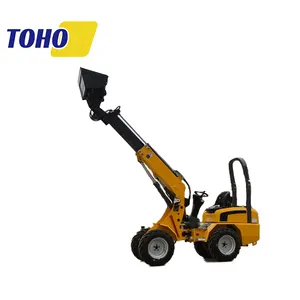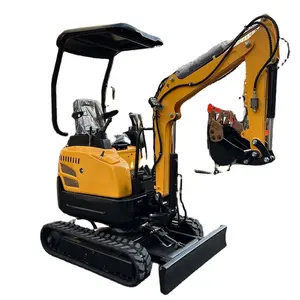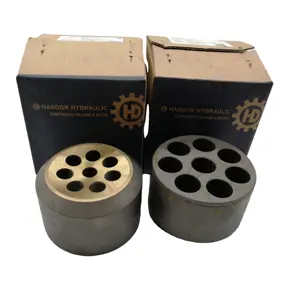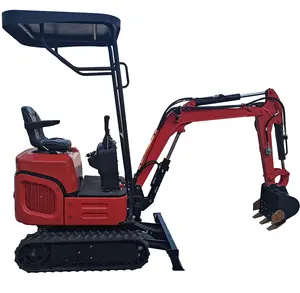Popular in your industry






































Top categories
About rammed earth block
Constructed by compacting a blend of earth, cement, and water into a mould, compressed earth blocks (CEBs) or rammed earth blocks are sustainable building materials. These blocks are cured naturally, ensuring strength and durability. In the eco-friendly building industry, rammed earth blocks are gaining recognition as they minimize the carbon footprint during construction. Builders utilize them for various projects, from residential homes to commercial structures, given their exceptional insulating properties and natural aesthetics.
How to make compressed earth blocks?
Creating compressed earth blocks involves using a rammed earth block machine, a device specifically designed for this purpose. Initially, a mixture of earth, typically containing clay, sand, and silt, is blended with a small amount of cement for stabilization. The proportion of each element is crucial, ensuring the produced blocks possess the necessary strength and durability. The earth mixture is then moistened to achieve the required consistency for compaction.
With the prepared earth mixture, the rammed earth block machine is filled and compacted. The machine features a mould that determines the size and shape of the blocks. The compaction process may vary, with the machine utilizing hydraulic pressure, manual tamping, or mechanical compression. Following compaction, the blocks are extracted from the mould and left to cure. This curing stage is essential as it allows the blocks to gain strength through natural processes, such as hydration and evaporation.
The time required for curing depends on factors like climate and the specific earth mixture used. Once the blocks have cured sufficiently, they are ready for use in construction. The process of making compressed earth blocks aligns with sustainable construction practices, offering an eco-friendly alternative to conventional building materials.
Benefits of compressed earth blocks
Compressed earth blocks possess several advantages that contribute to their growing popularity in the construction industry. One of the key benefits is their sustainability. The use of locally sourced earth materials reduces the environmental impact associated with transportation and production. Additionally, the manufacturing process requires minimal energy, further enhancing the eco-friendly profile of rammed earth blocks. The blocks also offer excellent thermal mass properties, aiding in temperature regulation within buildings. Their natural composition makes them breathable, contributing to healthier indoor environments by managing moisture and humidity levels.
Compressed earth blocks are also known for their durability and longevity. When properly constructed and maintained, structures built with CEBs can stand the test of time. This durability translates to reduced maintenance and repair costs over the life of the building. Furthermore, the blocks are fire-resistant and provide good sound insulation, enhancing the overall safety and comfort of the built environment. The aesthetic appeal of rammed earth blocks is another notable advantage. The earthy tones and textures create visually appealing structures that blend harmoniously with the natural landscape.
From a financial standpoint, compressed earth blocks offer cost savings in various aspects of construction. Their availability and ease of production can lead to reduced material procurement expenses. Additionally, the thermal efficiency of CEB structures can lower energy bills by decreasing the need for heating and cooling. This combination of sustainability, durability, aesthetics, and cost-effectiveness positions compressed earth blocks as a compelling choice for environmentally conscious and design-savvy construction projects.












